Purple Sprouting Broccoli, Saffron and Chard Paella
It’s high time I pay tribute to many a long day and night spent working in the kitchen of the tapas restaurant at Ultracomida. From the morning tortilla flipping rituals to the long evenings rolling albondigas, during this last year of lockdown measures it has been the making of gigantic paellas that I’ve missed the most. So I decided I’d dust off my paella (the name actually refers to the pan itself rather than the food) and make a version based off of the most authentic recipe I know, mixed with some not-so-authentic seasonal British flare.
As you can see from the photo above, I am (and always will be) the proud owner of a paella pan, but this recipe works beautifully in any frying pan. A paella pan tends to be coated in a very hardy enamel finish which isn’t actually non-stick, so a non-stick pan isn’t essential, but keep a close eye if you’re using a steel or cast iron pan when frying the rice as there needs to be enough oil to make sure the rice doesn’t catch too much.
The traditional base to a paella of this style is onion and peppers, seasoned and cooked very hot in oil. This type of base is called a Sofrito and is the Spanish answer to Mirepoix, a collection of aromatic vegetables that forms a rounded base of flavour to a dish. Unlike Mirepoix, a Sofrito (like a lot of Spanish cooking) is cooked on a high heat and kept moving to avoid burning. This chars the vegetables to unlock depth of flavour whilst preserving a freshness by not allowing them to overcook. For this recipe I opted to use what I had at hand as a base, being an onion, two carrots, garlic and a handful of homegrown mushrooms, all diced. I cooked all but the garlic on a high heat, then added the garlic in right before the rice in order to not burn it. I’d suggest using a combination of whichever aromatic vegetables you need to use up, as long as they’re diced and fried as a nice even base.
The body of this meal is of course rice. There are a number of rice varieties you can pick from that all work well so it is up to you which you’d prefer. I used Arroz Redondo, but feel free to use Bomba, Senia, Bahia, Calasparra or any short grain rice. The cooking method should remain the same but timing may vary.
For those of you who might not want to spend money on buying saffron, a cheaper and equally tasty alternative is safflower. This thistle-like flower produces a lot more spice per plant and so is far less expensive.
Lastly, all good paella are served with a wedge of fresh lemon to squeeze over your meal and enhance those savoury, creamy, salty flavours. But here in Britain we struggle to grow lemons at the best of times. So I’ve gone and done something possibly a little controversial and made a rhubarb extract that fulfills the profile of lemon juice and compliments the dish in a new and exciting way. Feel free make a bottle of this first as it’s uses are hugely versatile and it makes for a show stopping addition to this meal that is designed to be shared with friends and family alike.
PSB, Saffron and Chard Paella Recipe
Served 6
1 white onion, diced
2 carrots, diced
5 cloves of garlic, sliced
5 mushrooms, whole (or quartered)
500g Arroz Redondo rice
150ml olive oil
1ltr of water/stock, boiling
400g chopped tomatoes/passata/sofrito
12 florets of PSB
2 leaves of chard/spinach/kale/wild garlic
Salt and pepper to taste
Rhubarb juice / 1 lemon
1 pinch of saffron / safflower
1 bunch of flat leaf parsley, chopping
Step 1.
Prepare your base aromatic vegetables by dicing the onion and carrots, halving or quartering any large mushrooms and slicing your garlic cloves. Turn the hob on a high temperature and wait for the pan to get hot before adding the 150ml of olive oil and your prepared vegetables. This might seem like a lot of oil but once the rice is added it will be absorbed. Season well and keep them moving so that they char a little but don’t burn. (A handy tip for those who are new to using a paella pan, the outside of the pan is a much more gentle heat than the centre. In Spain, more gentle ingredients are positioned towards the outside whilst those that benefit from direct heat are left in the middle. The shape also causes the oil to pool in the middle, concentrating the effects of the flame. For this reason, I’d suggest placing your garlic at the edge to avoid browning too quickly).
Step 2.
Once the base ingredients are nicely browned, turn the heat down to a medium high and add the rice. Allow the rice to fry for a few minutes in the oil in order to cook the starch and preserve the chewiness of the grain. The rice is finished frying when it looks less pearly white and more glassy with a slight browning. At this stage, add the water/stock and tomato. It is important to make sure the stock is boiling before it enters the paella pan so that the rice is not interrupted during the cooking process. Add a pinch of saffron and take a moment to appreciate how the colour begins to bleed from it.
Step 3.
Once the liquid comes to a rapid boil, allow it to cook for a minute or two until it looks like the image seen above, then turn the hob down to a very low heat (if your hob goes from 0-10, you want it between a 2 and 3). Securely cover with foil* and set a timer for 25 minutes. You must not allow steam to escape as the loss of moisture will cause the rice to burn.
Step 4.
Turn your oven on at 190C/370F to preheat and lay your PSB out on a baking tray. Drizzle with olive oil and a pinch of cracked black pepper and salt. When it reaches temperature, put the broccoli into the oven and set a timing for 10 minutes. Whilst this is cooking and the rice is finishing off, prepare your chard, spinach, kale or wild garlic however you see fit and wait for the timer to go off.
When the rice is ready, carefully lift a small section of the foil (avoid burning yourself with steam) and try some of the rice from the edge, as this will be the least cooked in the coolest part of the pan. It should be chewy and soft without any hint of grainy texture. If there is still a bit of bite then cover the foil back over and turn off the hob. The residual heat and steam will be enough to finish it off in 5 - 10 minutes. The image below is how the paella should look when the rice is cooked.
Do not ever stir the rice during cooking. It is said that if you disturb the rice before it is cooked, then it will never be cooked. Of course we know that this isn’t entirely true, but what they mean is that you will destroy the best part of a paella, the Soccarat. This word is the given name to the chewy, caramelised, sticky, nearly burnt rice towards the bottom of the pan. This is the part that I’ve seen people fight over and one of the best reasons for making paella in the first place. You’ve been warned.
Whilst the paella is still piping hot, loosely sprinkle your prepared greens over the top and allow them to steam as you place the PSB and parsley on top. To serve, make sure you scrape the rice from the bottom of the pan and season with extra black pepper and olive oil, then follow with a dash of rhubarb or lemon juice. If you happen to have made our wild garlic oil, this would make for a beautiful addition.
*If your foil isn’t big enough to cover the entire pan then lay two pieces together and fold a 1 inch/2cm overlap to secure them so that steam cannot escape. See image below.












